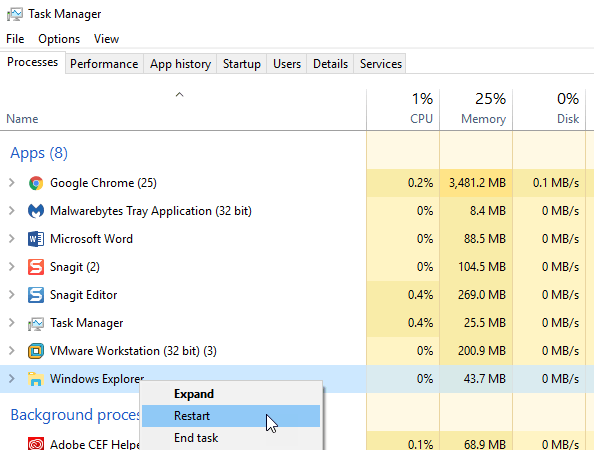

If and only if a process's entry in that column is Not allowed, then it is elevated. HighestAvailable (as opposed to requireAdministrator) allows non-admins to run the program without being asked to elevate, but they of course won't be able to do anything administrative from it.Ī quick-and-dirty way to see if a program is running elevated is to enable the UAC virtualization column in the Details tab of Task Manager. In short, yes, Task Manager runs as admin by default when possible. If UAC is not at the highest level, Task Manager can silently elevate because it's an integral Windows component. You can easily demonstrate this by setting UAC to the highest level and pressing Ctrl+Shift+Esc to launch Task Manager, noting that it produces an elevation prompt. This means that if you are running as a local admin, Task Manager will require you to elevate. Inspecting it with a hex editor, I discovered that its manifest sets requestedExecutionLevel to highestAvailable. Taskmgr.exe (in \Windows\System32) is the program that is run when you call for Task Manager. I'll provide some technical details, for those that like such things. Incidentally all the above behaviours are exactly the same as in Windows 8/8.1 Yes, but you'd have to run it from a non-administrator account to see it.

If the reason you had got the "Access is Denied" message was due to Task Manager not running as Administrator, you would get this very explicit message telling you so:įurthermore, is there any difference between running it as administrator or not? Furthermore, trying to end a non-existent task also produces this error message. There are plenty of processes that even an administrator is not permitted to end. If I had ran task manager as an administrator, would it have still gave me this "Access is Denied" message? Ben N's answer below has a great explanation of how this is actually implemented. Only if it is being run from an administrator account. Does task manager run as administrator by default on Windows 10?


 0 kommentar(er)
0 kommentar(er)
